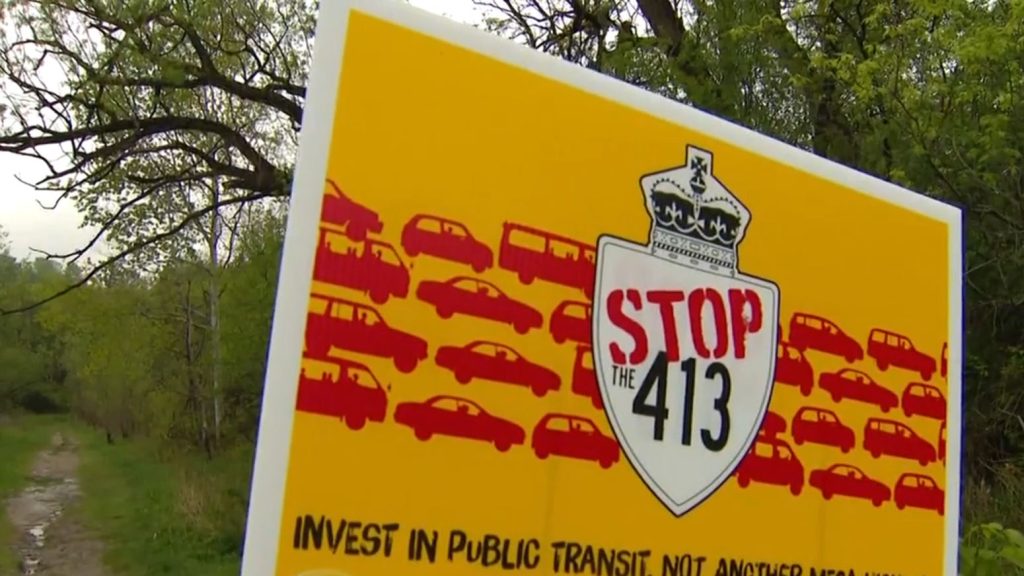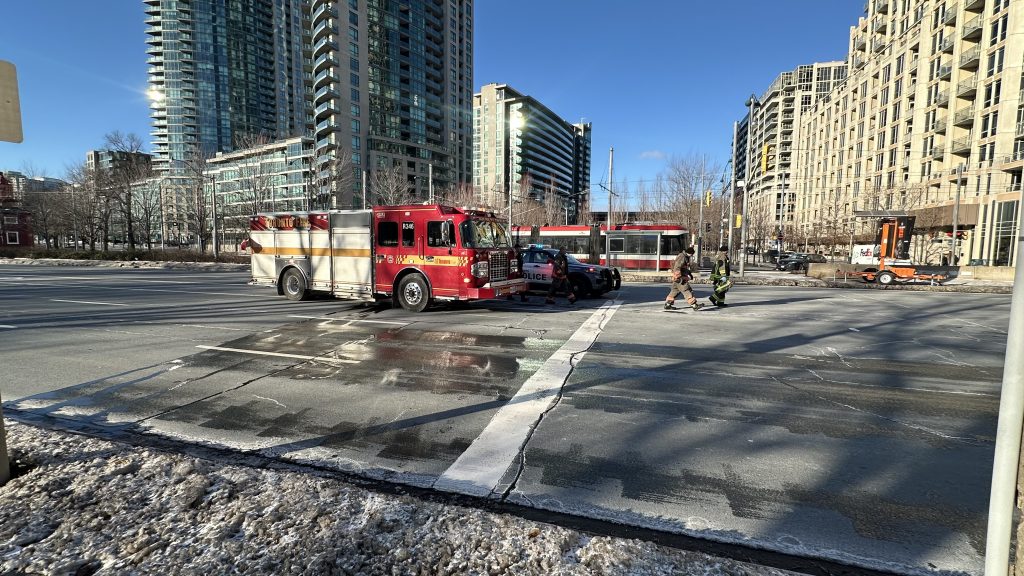Ontario transportation minister brushes aside report Hwy. 413 won’t help ease GTA gridlock

Posted August 23, 2024 12:43 pm.
Last Updated August 23, 2024 7:47 pm.
The Ford government is brushing aside figures from an internal document showing the building of Highway 413 will do little to help ease gridlock in the GTA.
Construction of the 52-kilometre highway, which would connect Highway 400 and include extensions to Highways 410 and 427, is scheduled to begin in 2025 at a cost of $10 billion. According to the province, it will save drivers up to 30 minutes each way on their commute, adding up to one hour per day and five hours per week in people’s schedules.
However internal documents obtained by The Trillium through the freedom of information process show projections of commute speeds of between 20 and 40 km an hour all 400-series highways by the year 2041, whether or not Highway 413 is built.
“I disagree with that,” said Ontario Minister of Transportation, Prabmeet Sarkaria while citing the need to build more infrastructure and more highways.
“Take an example of the Gardiner Expressway, which was reduced from three to two lanes and what that has done for commuter impacts and commuter times,” he said.
“Highway 413 will help relieve congestion for commuters and save more than 30 minutes each way.”
Sakaria’s own government documents show commuters going from one end of the highway to the other would save 16 minutes if they were to take the 407 toll highway instead.

Highway 413 and the Bradford Bypass are part of the Ford government’s $70-billion plan to build, repair and upgrade roads, highways and bridges but critics of the proposed highway have accused the government of weakening some environmental protections as it seeks a building boom of houses, roads and other major infrastructure projects such as mines.
The Liberals first launched Highway 413 in 2007, and a long series of consultations and studies followed. Former Liberal premier Kathleen Wynne’s government paused the environmental assessment in 2015 before killing the project in 2018.
Premier Ford’s Progressive Conservative government then resurrected the project in 2019, and in 2021, the federal government marked it for an impact assessment before agreeing to cancel the environmental assessment in 2024.








